The Pulse of Passion: Love in Gay Relationships
The heart of gay love beats with a rhythm all its own, a cadence of raw desire and tender connection that weaves through every touch, glance, and whispered promise. In the quiet moments—when fingers intertwine under a dimly lit café table or when a lover’s breath warms the nape of your neck—there’s an unspoken language that binds two souls. Gay relationships, often forged in the crucible of societal pushback, carry a unique intensity. They’re not just about romance; they’re about defiance, about claiming space in a world that sometimes looks away. For many, love is both sanctuary and rebellion, a place where vulnerability meets unapologetic authenticity.
Take Arjun and Vikram, a couple in Mumbai whose story resonates with countless others. Their love began in stolen moments at a Bandra nightclub, where the thrum of music drowned out the world’s judgment. “It was his eyes,” Arjun recalls, his voice thick with memory. “They held something wild, something that said, ‘I see you, and I’m not afraid.’” Their first kiss, tucked in an alley behind the club, was less about lust and more about claiming each other in a city that didn’t always understand. That kiss sparked a relationship now spanning five years, filled with late-night conversations, shared dreams, and the kind of intimacy that feels like a revolution.
“Love between men is a fire that burns brighter because it has to,” says Bollywood icon Karan Johar, reflecting on queer romance in a 2024 interview with Filmfare. “It’s not just about the heart; it’s about the courage to love loudly.”
Theirs is a story of love’s complexity—moments of tenderness laced with the electric pull of desire. Gay love often carries this duality: the softness of emotional intimacy and the fierce hunger for physical connection. It’s a dance of trust, where partners learn each other’s rhythms, vulnerabilities, and unspoken needs. From quiet mornings tangled in bedsheets to heated arguments that end in tearful reconciliations, these relationships are a testament to resilience. They thrive not despite the challenges but because of them, each obstacle forging a deeper bond.
Lust in the Heat of the Night: Erotic Encounters
When the lights dim and the world fades, gay eroticism becomes a language of its own—a heady mix of sweat, skin, and unspoken promises. The gay club scene, from Delhi’s Kitty Su to London’s Heaven, pulses with this energy. It’s not just about bodies moving to a beat; it’s about the thrill of possibility. A glance across a crowded dancefloor can ignite something primal, a spark that leads to a night of exploration. For many, these encounters are more than fleeting—they’re moments of liberation, where desire is celebrated without shame.
Rohan, a 29-year-old artist from Bangalore, describes a night that still lingers in his memory. “It was Pride weekend, and the air was electric,” he says. “I met this guy, all sharp cheekbones and quiet confidence, at a rooftop party. We didn’t exchange names, just moved together under the stars, our bodies saying what words couldn’t.” Their encounter, brief but intense, was a celebration of raw, unfiltered desire. “It wasn’t just sex,” Rohan adds. “It was about feeling alive, feeling free.”
Such moments are woven into the fabric of gay culture, where eroticism isn’t just physical but deeply emotional. The act of touch—whether a slow caress or a hungry grip—carries weight in a community that has long fought for the right to express it. These encounters, whether one-night stands or the spark of something deeper, are acts of defiance against a world that often demands restraint. They’re about claiming pleasure, about bodies meeting in a space where judgment holds no power.
“Sex is a story we tell with our bodies,” says RuPaul, the global drag icon, in a 2023 Netflix documentary. “For queer people, it’s a story of freedom, of rewriting the rules.”
Yet, there’s a vulnerability in these moments. The morning after can bring questions—of connection, of safety, of what comes next. Gay men navigate this terrain with a blend of instinct and care, balancing the thrill of lust with the need for trust. It’s a dance as old as time, reimagined in the glow of neon lights and the rhythm of a shared heartbeat.
Wellness and Intimacy: Nurturing the Body and Soul
Sexual wellness in gay relationships goes beyond the physical—it’s about nurturing the mind, body, and spirit. The gay community has long been at the forefront of sexual health advocacy, from the AIDS crisis of the 1980s to today’s push for PrEP and mental health support. But wellness also means embracing sensuality as a form of self-care. It’s about knowing your body, your desires, and your boundaries—and communicating them with a partner.
“Lube is non-negotiable,” laughs Sameer, a Delhi-based fitness trainer who’s become an unofficial guru for his friends on sexual health. “But it’s not just about making things slick—it’s about comfort, about making every moment feel good.” He’s right: lubrication is more than a practical tool; it’s a gateway to deeper intimacy, allowing partners to explore each other without discomfort or hesitation. Brands like Durex and K-Y have leaned into this, with campaigns celebrating queer pleasure as a vital part of wellness.
Beyond the bedroom, wellness means addressing the emotional weight of intimacy. Gay men often face unique pressures—societal stigma, family expectations, or the lingering fear of rejection. Therapy, both individual and couples, has become a cornerstone for many. “Talking about sex openly saved our relationship,” says Vikram of his partnership with Arjun. “We had to learn how to say what we wanted, what scared us. It made us closer.”
Physical health ties into this too. Regular STI testing, open conversations about status, and access to PrEP have empowered the community to prioritize safety without sacrificing pleasure. Organizations like The Humsafar Trust in India and GMHC in New York offer resources that blend education with empowerment, ensuring gay men can embrace their sexuality with confidence. It’s a holistic approach: wellness isn’t just about avoiding harm; it’s about celebrating the body as a vessel of joy.
Culture and Celebration: The Heartbeat of Gay Life
Gay culture is a vibrant tapestry, woven from moments of defiance, creativity, and unapologetic joy. From the sequined spectacle of Drag Race to the sweat-soaked dancefloors of Pride festivals, it’s a world where sensuality and self-expression collide. Events like Mumbai Pride or New York’s Stonewall commemorations aren’t just parties—they’re declarations of existence, where love, lust, and identity are celebrated in full color.
At last year’s Mumbai Pride, the streets swelled with thousands, their bodies adorned in glitter and rainbow flags. “It was like the city exhaled,” says Priya, a trans activist who helped organize the event. “You could feel the energy of liberation, of people owning their desires without fear.” These spaces are sacred, offering a chance to connect, to flirt, to feel seen. They’re where first kisses happen, where friendships form, and where the community finds its voice.
“Pride is our rebellion and our revelry,” says Billy Porter, star of Pose, in a 2024 Vogue interview. “It’s where we say, ‘We’re here, we’re queer, and we’re not going anywhere.’”
Pop culture plays a role too. Films like Call Me By Your Name and Moonlight have brought gay sensuality to the mainstream, their lush visuals and tender narratives capturing the ache of desire. Bollywood, though slower to embrace queer stories, is catching up with films like Badhaai Do, which balances humor with the raw emotion of coming out. These stories resonate because they reflect the truth of gay life: love is messy, lust is powerful, and both are worth fighting for.
Erotic Experiences: Stories That Ignite
The gay experience is rich with stories of erotic awakening, moments that linger like a lover’s touch. For Dev, a 34-year-old writer from Kolkata, one such moment came during a monsoon night in Goa. “We were at a beach shack, soaked from the rain,” he recalls. “This stranger offered me his jacket, and something about his voice—low, teasing—set me on fire.” What followed was a night of passion that Dev describes as “like poetry, all rhythm and heat.”
These encounters, whether fleeting or foundational, are part of the gay narrative. They’re not just about sex but about discovery—learning what makes your pulse race, what makes you feel alive. For some, it’s the slow burn of a long-term partner’s touch; for others, it’s the thrill of a stranger’s gaze in a bathhouse or a late-night Grindr meetup. Each experience is a thread in the larger tapestry of gay identity, a reminder that pleasure is a right, not a privilege.
Yet, these stories also carry a weight of responsibility. The gay community has long navigated the balance between freedom and safety, pleasure and care. “We’ve learned to protect ourselves, but we’ve also learned to let go,” says Sameer. “It’s about trusting your instincts and respecting your body.” His words echo a truth: eroticism, at its best, is a celebration of self, a way to honor both desire and dignity.
As the gay community continues to evolve, so too does its approach to love, lust, and intimacy. From the quiet strength of a committed partnership to the electric charge of a fleeting encounter, these experiences shape a culture that refuses to be silenced. They’re stories of bodies and souls, of passion and resilience, told in the language of touch, trust, and unapologetic desire. In a world that often demands conformity, gay love and eroticism stand as acts of rebellion—beautiful, bold, and undeniably human.

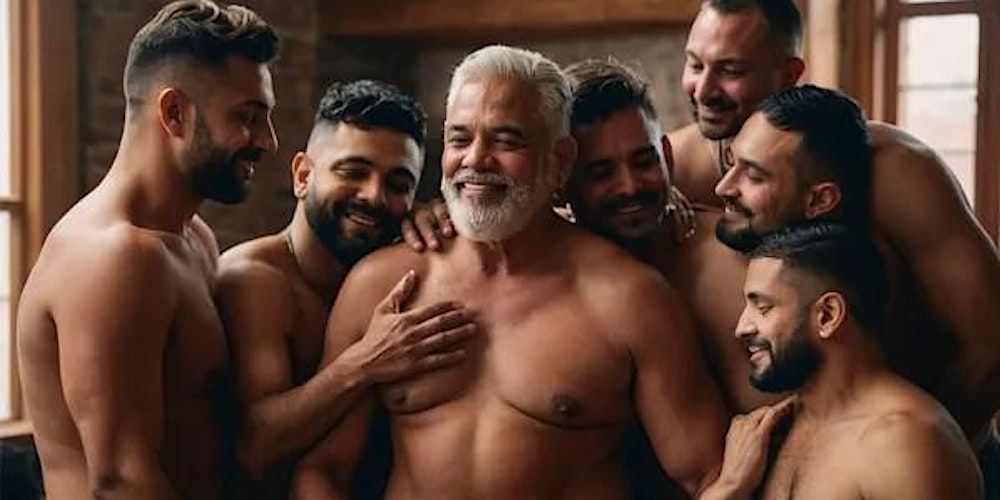

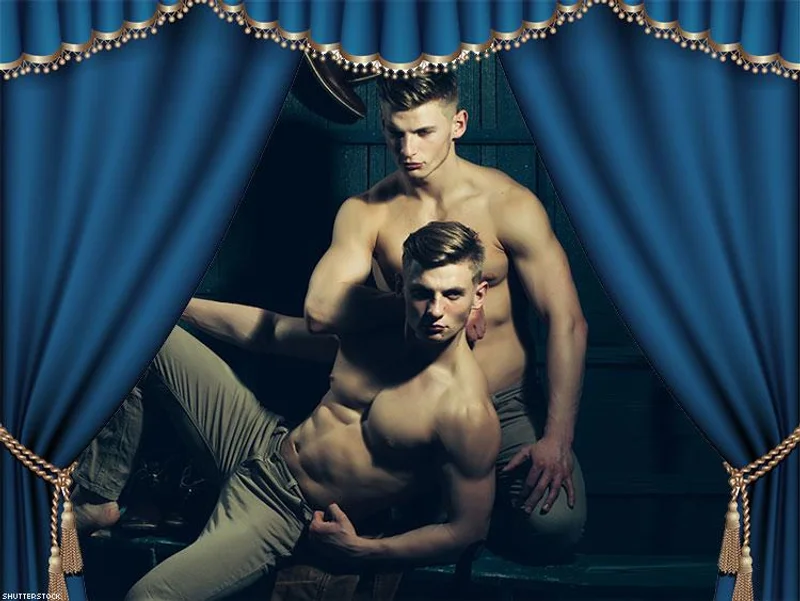


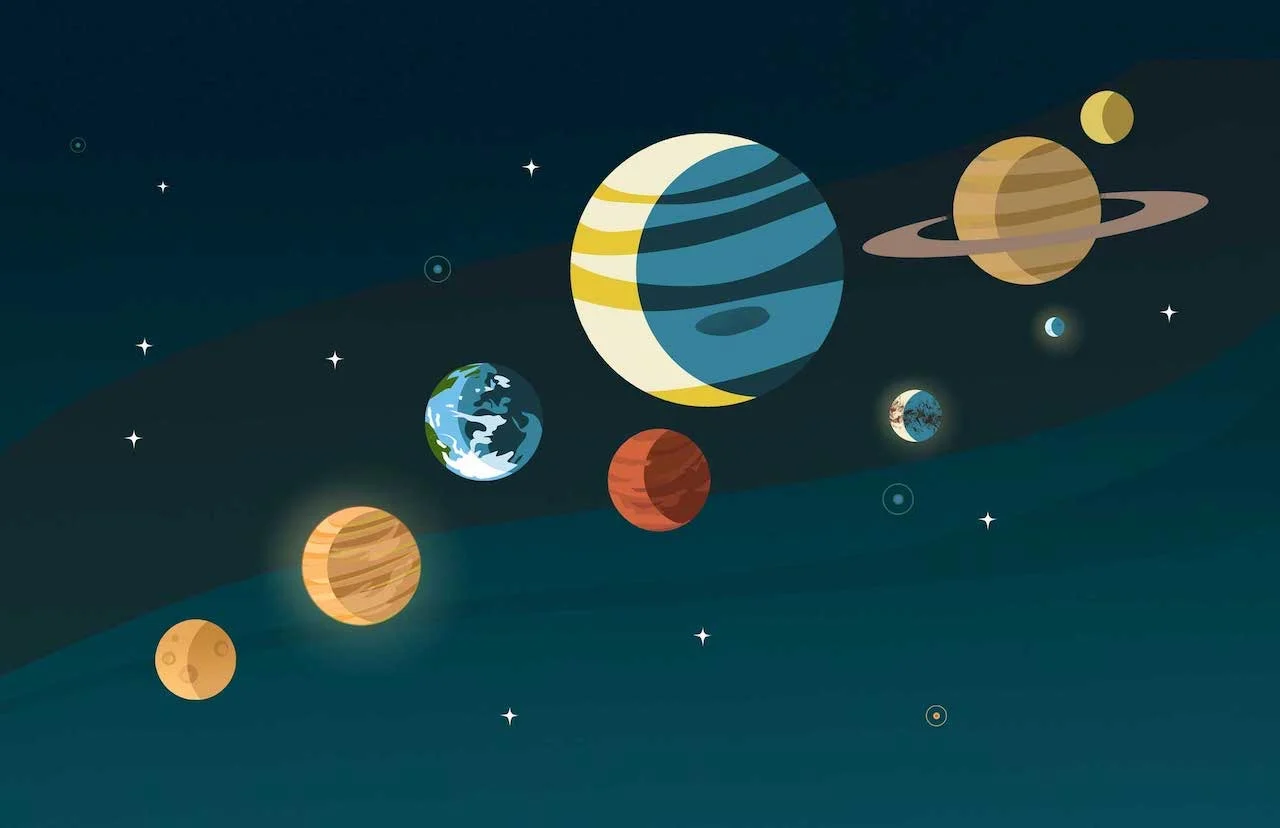
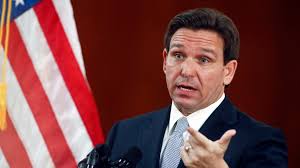


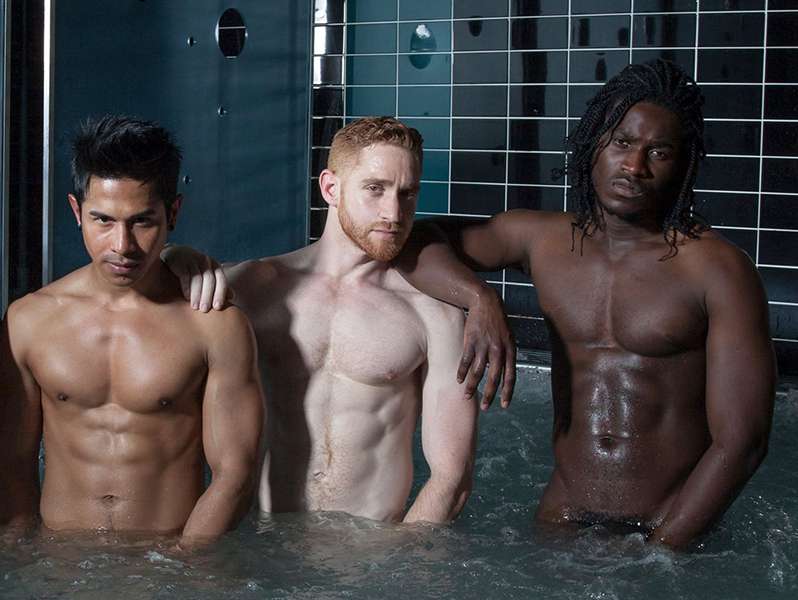

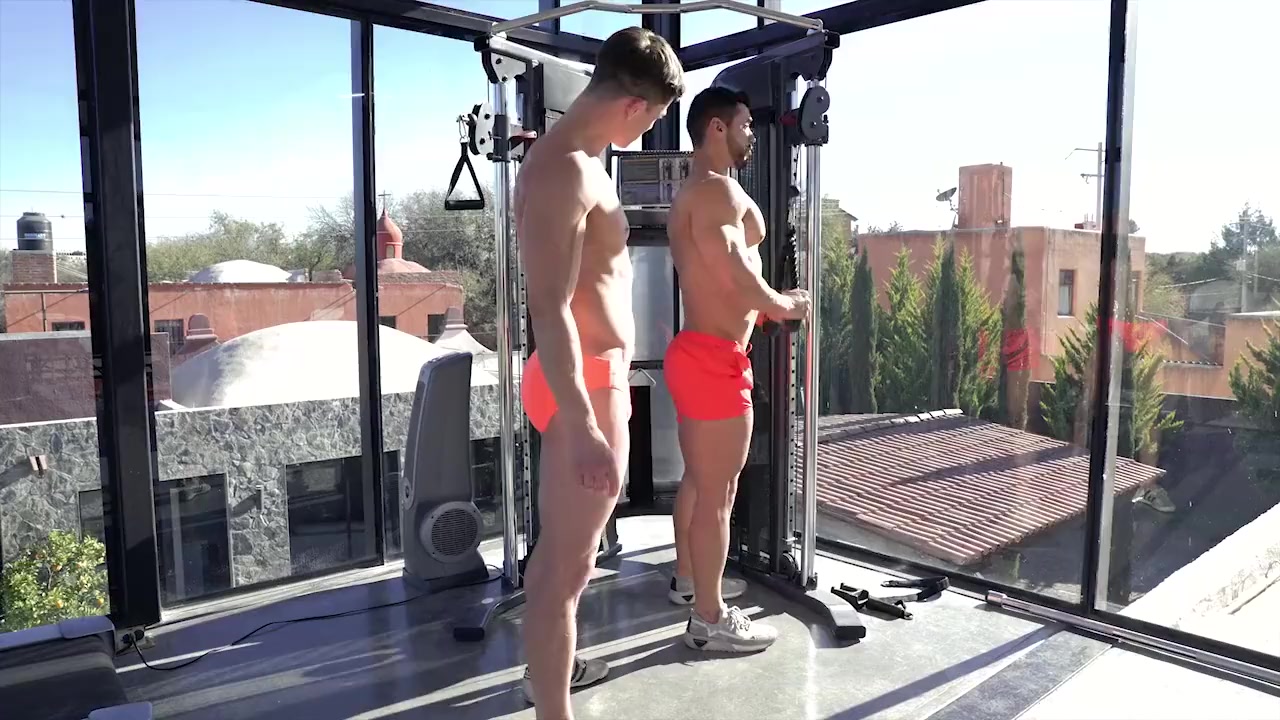

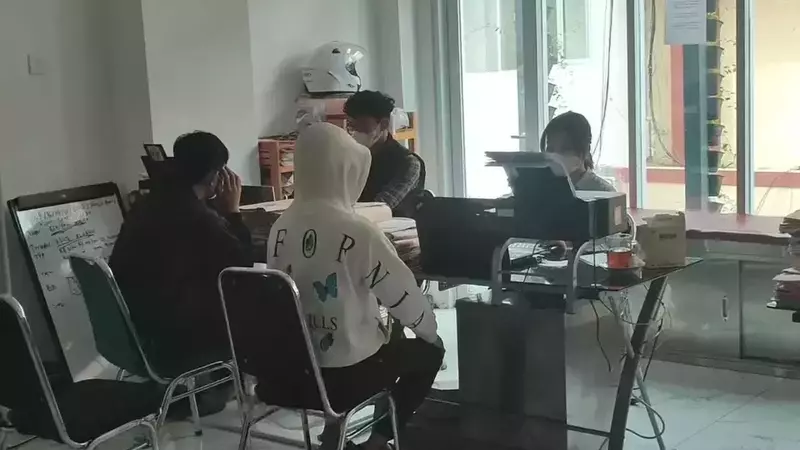

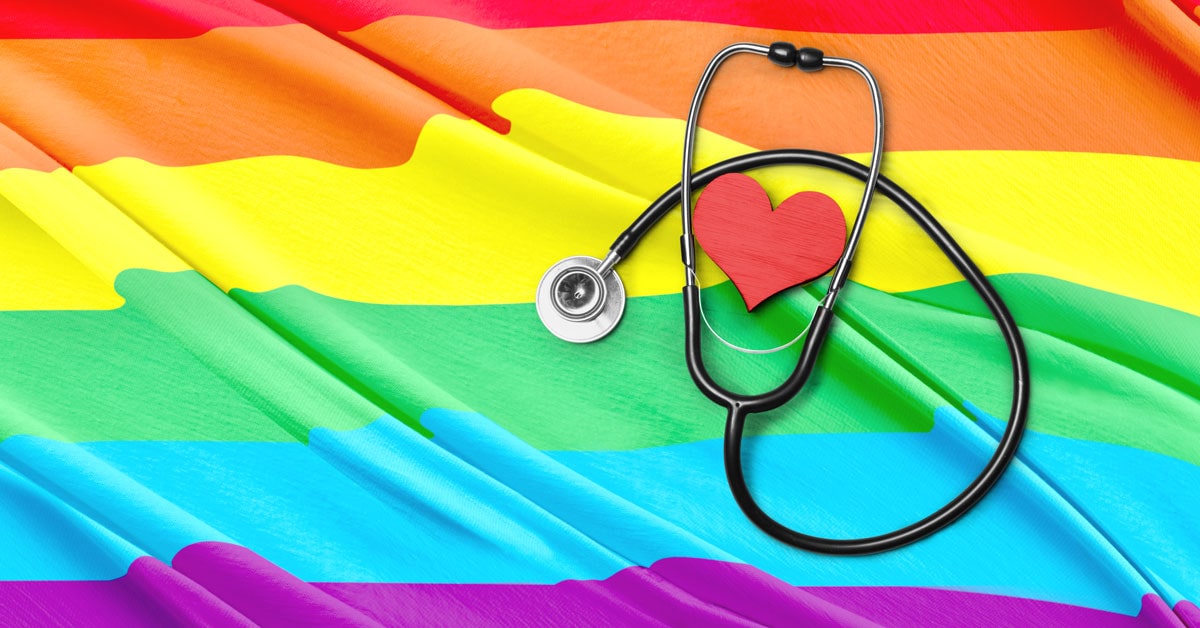

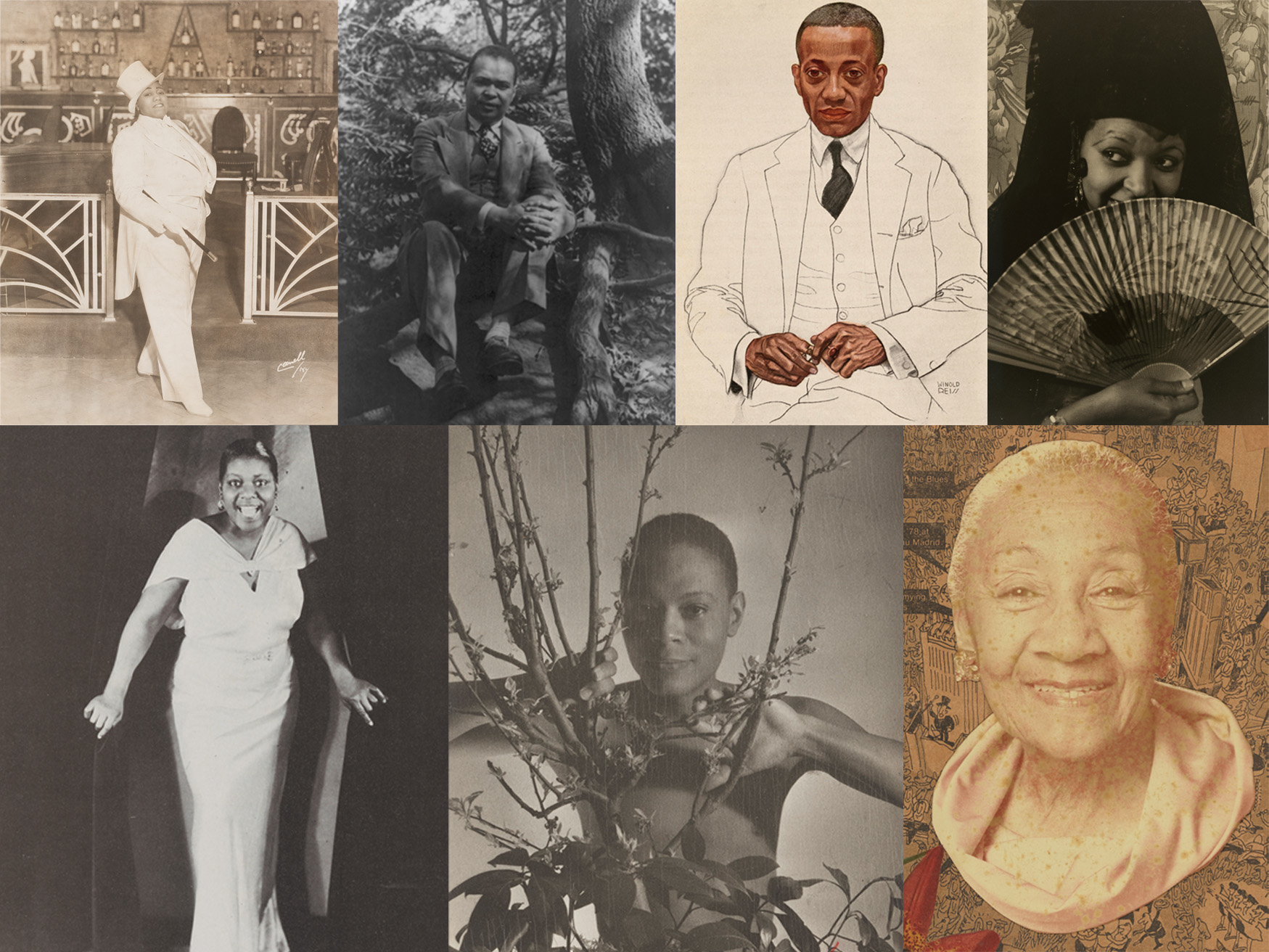
0 Comments